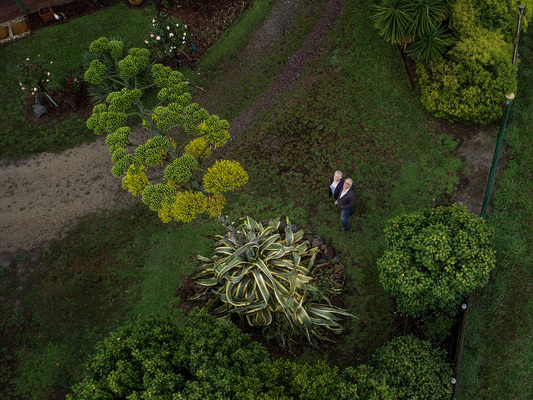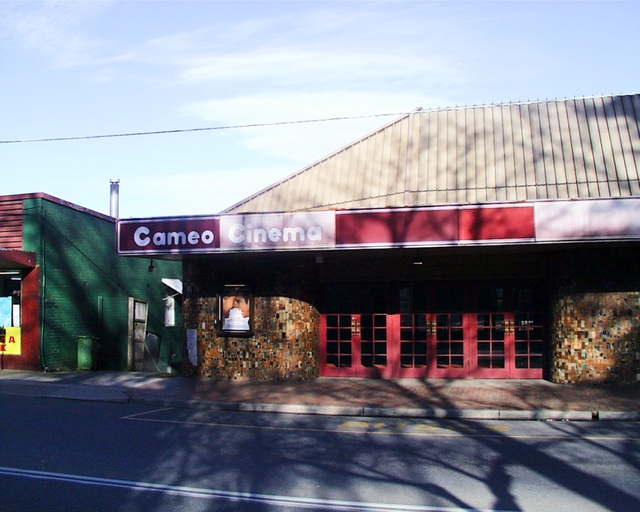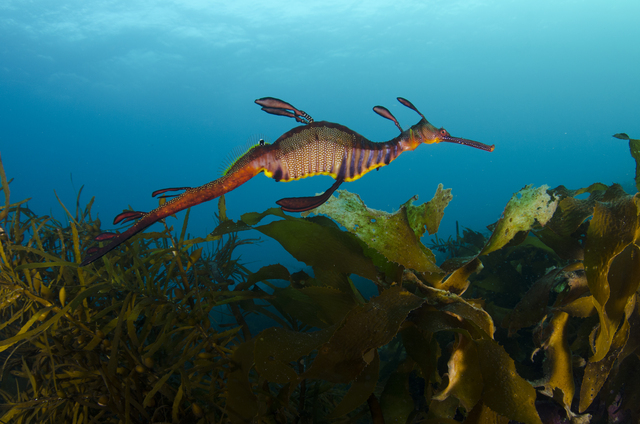Greater Dandenong Council has made a hasty U-turn in support of an Urban Forest Strategy for more tree canopy cover in the council area.
After receiving a report with “further supporting information”, councillors backed the strategy on 24 February – just two months after voting it down.
Councillor Matthew Kirwan said the council’s declaration of a climate emergency in January as well as community outrage were also turning points.
“There are residents in Greater Dandenong who are frustrated by what’s happening to our city, in the sense of having someone buy a house and the first thing they do is clear their property and concrete their front yard.”
In December, most opposing councillors had raised private landowners’ rights to remove trees. Many of their fears were allayed by a revised report.
Under the new plan, council officers will research possible regulatory controls to combat the “concrete jungle”, then put the options to councillors and public consultation.
Cr Tim Dark remained opposed, saying the council was set to waste $100,000 on a “fatally flawed” report that “can’t possibly make sense”.
“What (landowners) do on their own property is completely up to them.
“It’s not up to the role of government to tell them to plant more trees and not to chop them down.”
The report suggested investigating measures such as a significant tree register, more tree protection in the council’s planning scheme, education programs and canopies in Council car parks.
Cr Sean O’Reilly said the council should garner information and research before “nipping this idea in the bud”.
“You could argue that declaring a climate emergency is just a platitude but what we’re talking about here is proceeding into an investigation that will have a practical impact on our residents.”
Through the planning permit system, the council already had authority over private land. But there were also other solutions that wouldn’t “tie up our residents in red tape”, Cr O’Reilly said.
“This problem that we are facing, that the world is facing and that people in our municipality are facing is potentially extreme.
“We have to look at every option we can to mitigate some of the scary impacts that are potentially down the track.”
Council officers stated that if controls on private land weren’t brought in, the council was “highly unlikely” to reach its 15 per cent canopy coverage target by 2028.
More plantings on streets and parks would not be enough, it stated.
Greater Dandenong is one of the most denuded council areas in Melbourne, with just 9.9 per cent canopy coverage.
According to the report, it exacerbates the “urban heat island effect”, putting its vulnerable residents at greater risk to heat stress and illness.
“Vegetation, more so, the urban forest is an essential component to tackling climate change,” a council report stated.
“Vegetation absorbs greenhouse gases and reduces the ambient air temperature, significantly reducing the impacts of the urban heat island effect.”
It also stated that more trees would improve investment, air quality and a sense of community.







